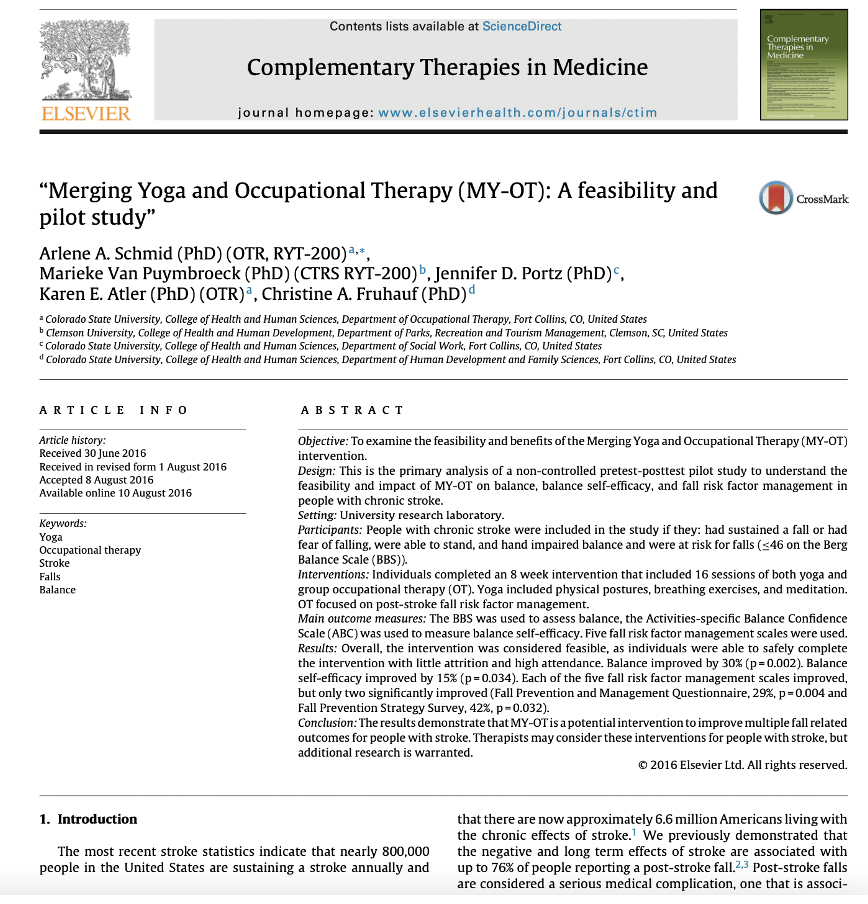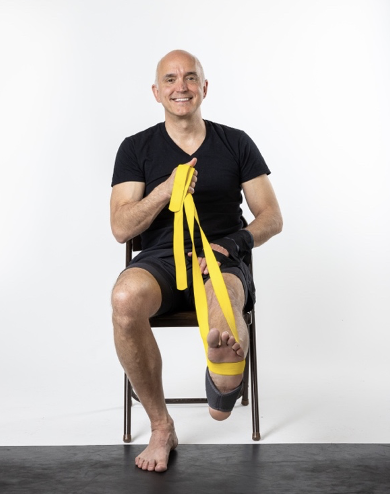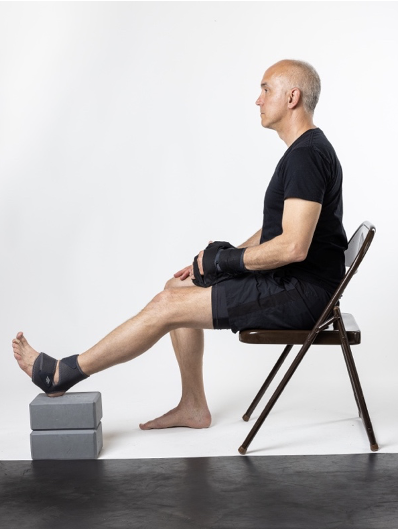Exercises to Improve Balance | Stroke Rehabilitation
Asana is one of the eight limbs of yoga and means “physical posture” or “pose.” Asana is one of the most common types of yoga in health care and research shows asana may improve strength, flexibility, and motor control in patients recovering from a stroke.
Following a stroke, many individuals experience paresis (weakness) leading to significant limitations in motor control and activities of daily living (ADLs).
Research indicates engaging in yoga improves balance, coordination and encourages neuromuscular reeducation, thereby leading to improved outcomes in motor function (Yang & Fahey, 2021).
This pilot study utilized a non-controlled pretest-posttest method to explore the feasibility and impact of integrating occupational therapy (OT) and yoga to enhance balance, balance self-efficacy, and management of fall risk factors in individuals who have experienced chronic stroke.
Over an 8-week intervention period, participants engaged in sessions twice a week, each lasting one hour. The results indicated a significant improvement in the Berg Balance Scores, with an increase of 30%.
These findings suggest that yoga serves as an effective intervention for improving balance among individuals with stroke (Schmid et al., 2016).
Exercises to Improve Balance:
Improving sitting balance is essential for individuals with neurological conditions. The following exercises can help enhance stability and control while seated.
1. Seated Marching | Boat Pose
Benefits:
Strengthens the hip flexors, knee extensors, dorsiflexors, and hip abductors.
Improves the alignment of the spine and improves digestion.
Functional carryover:
Improved balance and strength can make it easier to complete transfers from sitting to standing position.
Contraindications:
Individuals with asthma, headache, heart problems, and low blood pressure.
Individuals with an injury at the neck, shoulders, spine, hips, or who have undergone any recent abdominal surgery should avoid this pose.
Modifications
Option to keep hands on the sides of the chair or on thighs for additional support.
Use of yoga strap to lift the affected lower extremity.
Directions:
Sit in a sturdy chair with your back straight.
Lift one knee toward your chest, then lower it back down.
Alternate legs, marching for 1-2 minutes.
Option to lean back in chair, engaging core muscles, raising one or both legs off the ground. Hold for 5 seconds.
Focus on maintaining an upright posture throughout the exercise.
Seated Boat Pose using strap to increase lower extremity range of motion.
2. Weight Shifting | Seated Table Top
Benefits:
Strengthens the scapular stabilizers, muscles of the shoulder, elbow, and wrist, and stretches the wrist and elbow flexors.
Facilitates proprioceptive input to affected shoulder.
Functional carry over:
Increased upper extremity strength and proprioception may increase independence in upper body dressing.
Contraindications
Contraindicated for carpal tunnel syndrome and injury to the wrists or knees.
Props
Place yoga block under affected elbow for greater support.
Directions:
Sit with your feet flat on the floor.
Shift your weight to the right side, lifting the left hip slightly off the chair.
Hold for a few seconds, then return to the center and repeat on the left side.
Perform 5-10 repetitions on each side.
Shift your weight forward, hold for a few seconds, then return to center and shift your weight backward.
3. Seated Side Bends | Seated Triangle Pose
While sitting, place your feet flat on the floor and arms at your sides.
Lean to the right side, reaching your right arm down towards the floor.
Hold for a few seconds and return to the starting position.
Repeat on the left side. Complete 5 reps on each side.
4. Ankle Pumps
Sit with your feet flat and knees bent at a 90-degree angle.
Lift your toes while keeping your heels on the floor and then point your toes down.
Repeat this movement for 1-2 minutes to enhance lower limb stability.
5. Ball Toss | Seated Extended Mountain
Sit upright in a chair and hold a lightweight ball (or a soft object).
Toss the ball gently from hand to hand without losing balance.
Gradually increase the distance between your hands to challenge your stability.
Reference:
Schmid, Arlene., Marieke Van Puymbroeck, Jennifer D. Portz, Karen E. Atler, Christine A. Fruhauf. (2016). Merging Yoga and Occupational Therapy (MY-OT): A feasibility and pilot study. Complementary Therapies in Medicine. Vol. 28, pgs 44-49. ISSN 0965-2299. https://doi.org/10.1016/j.ctim.2016.08.003.



